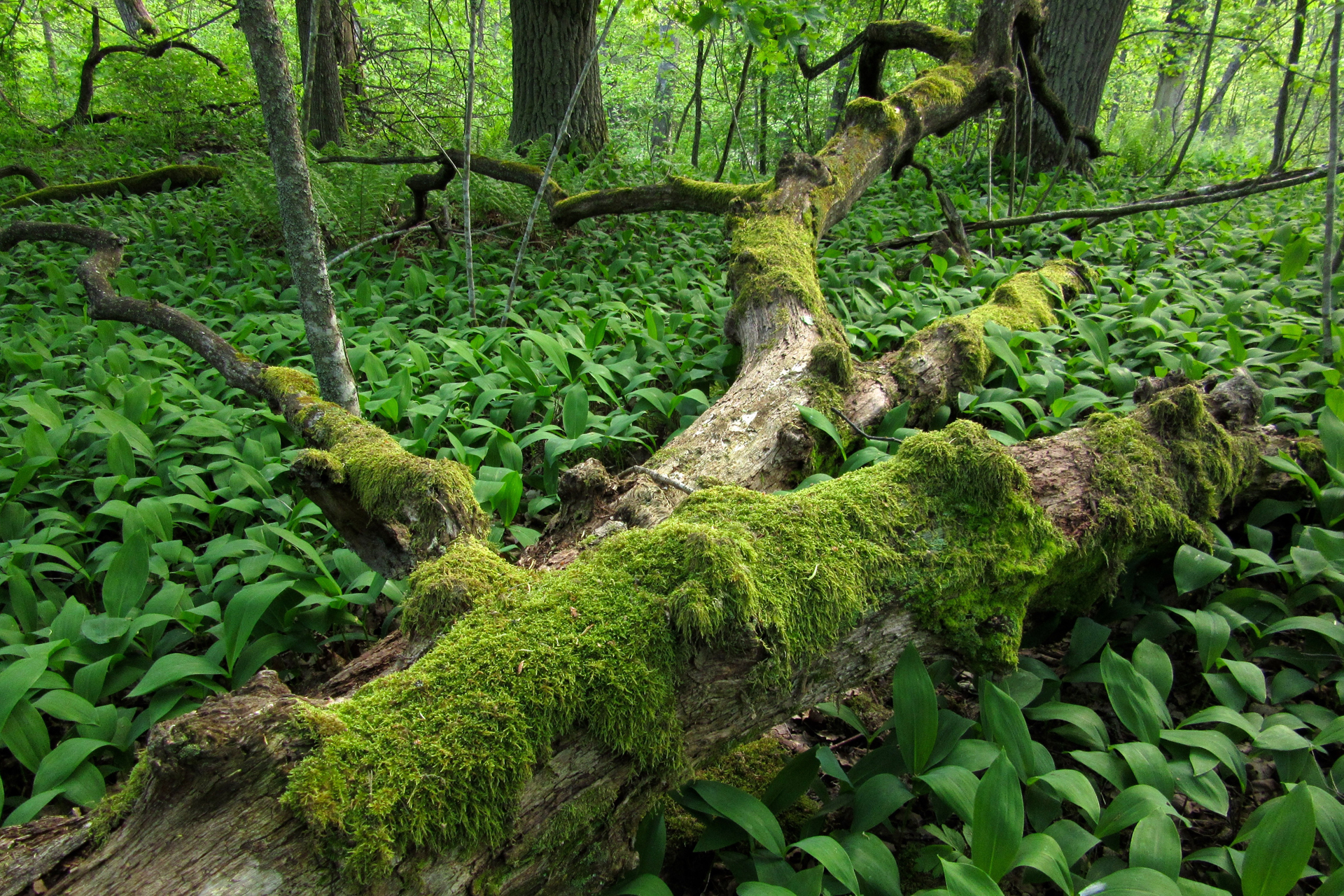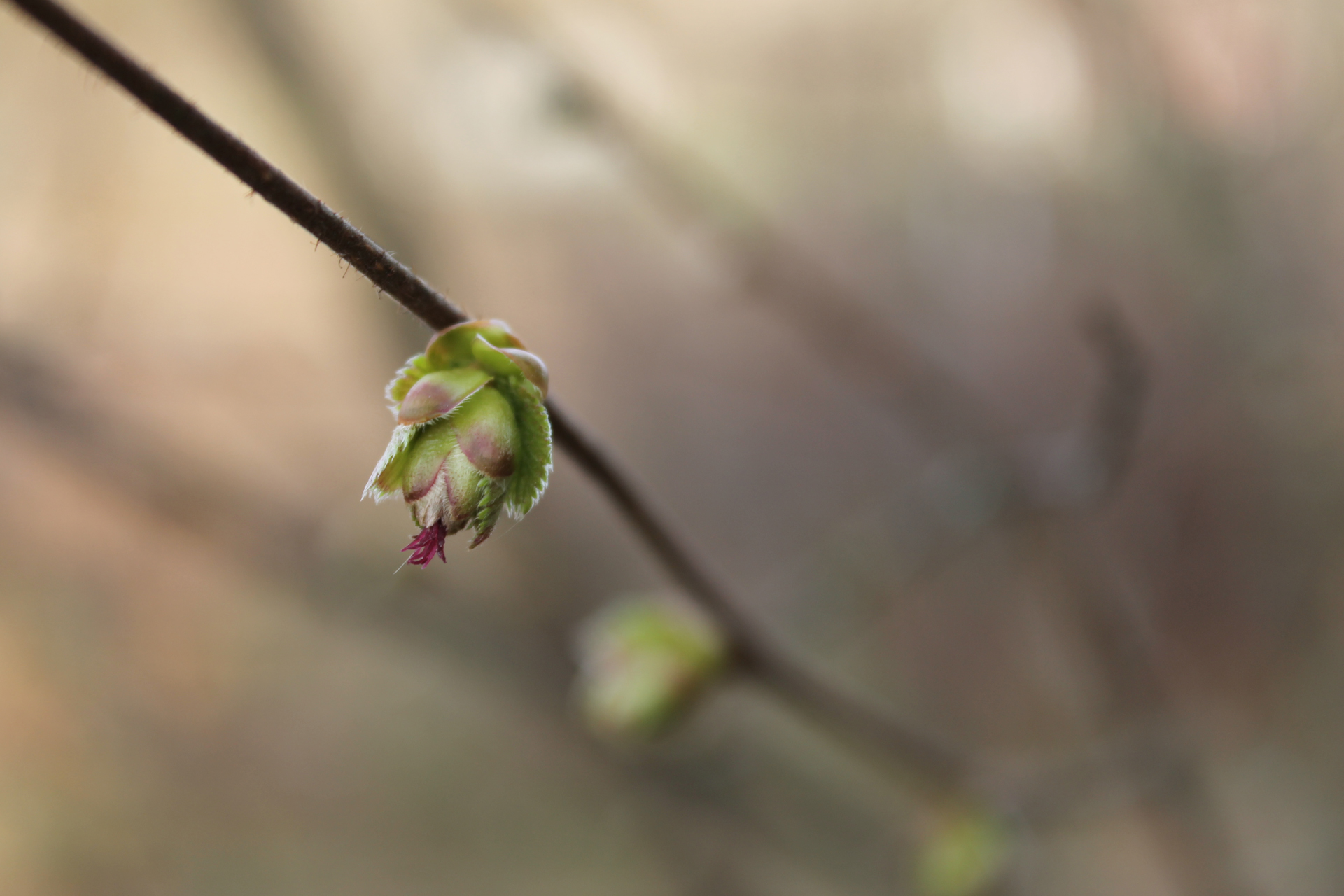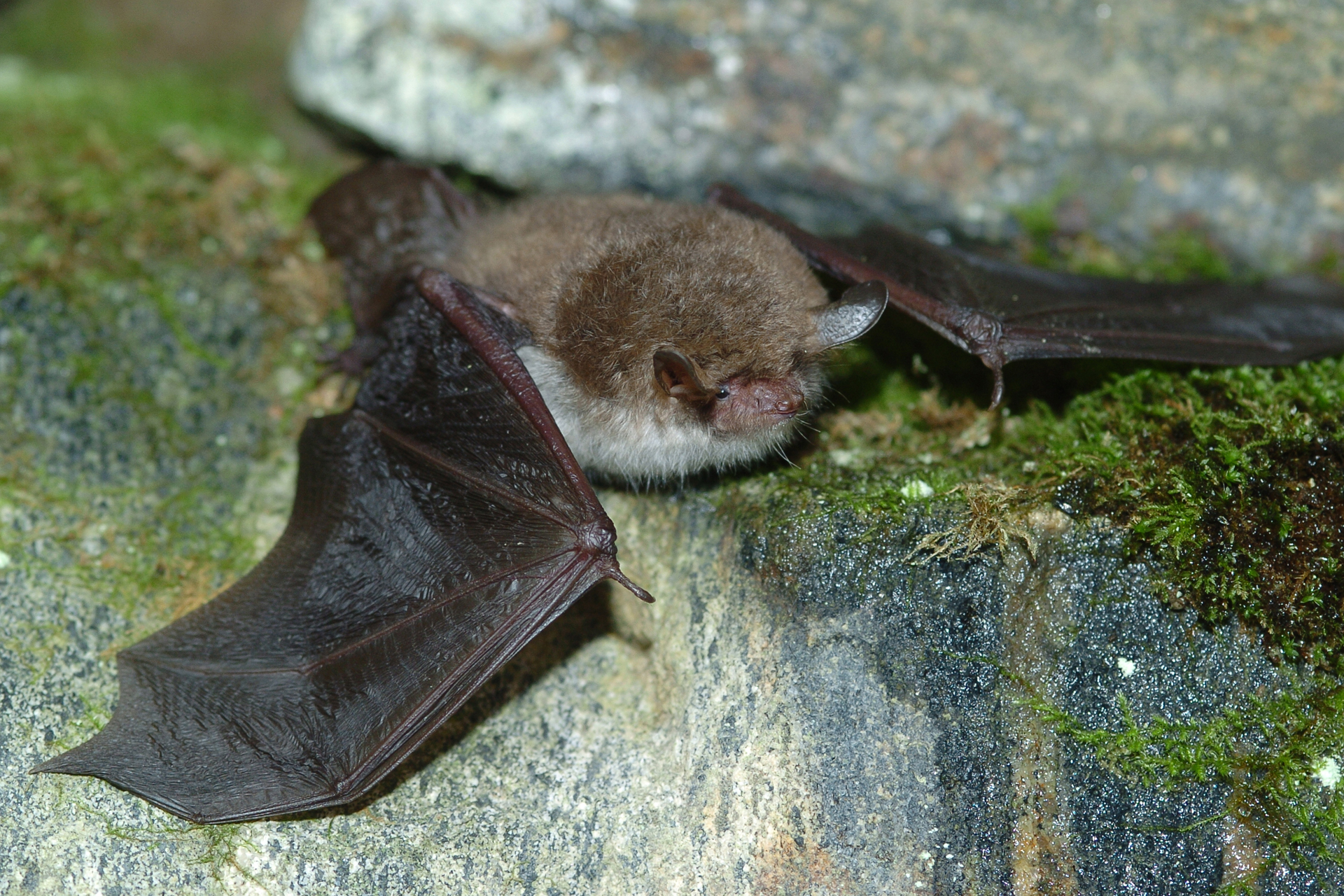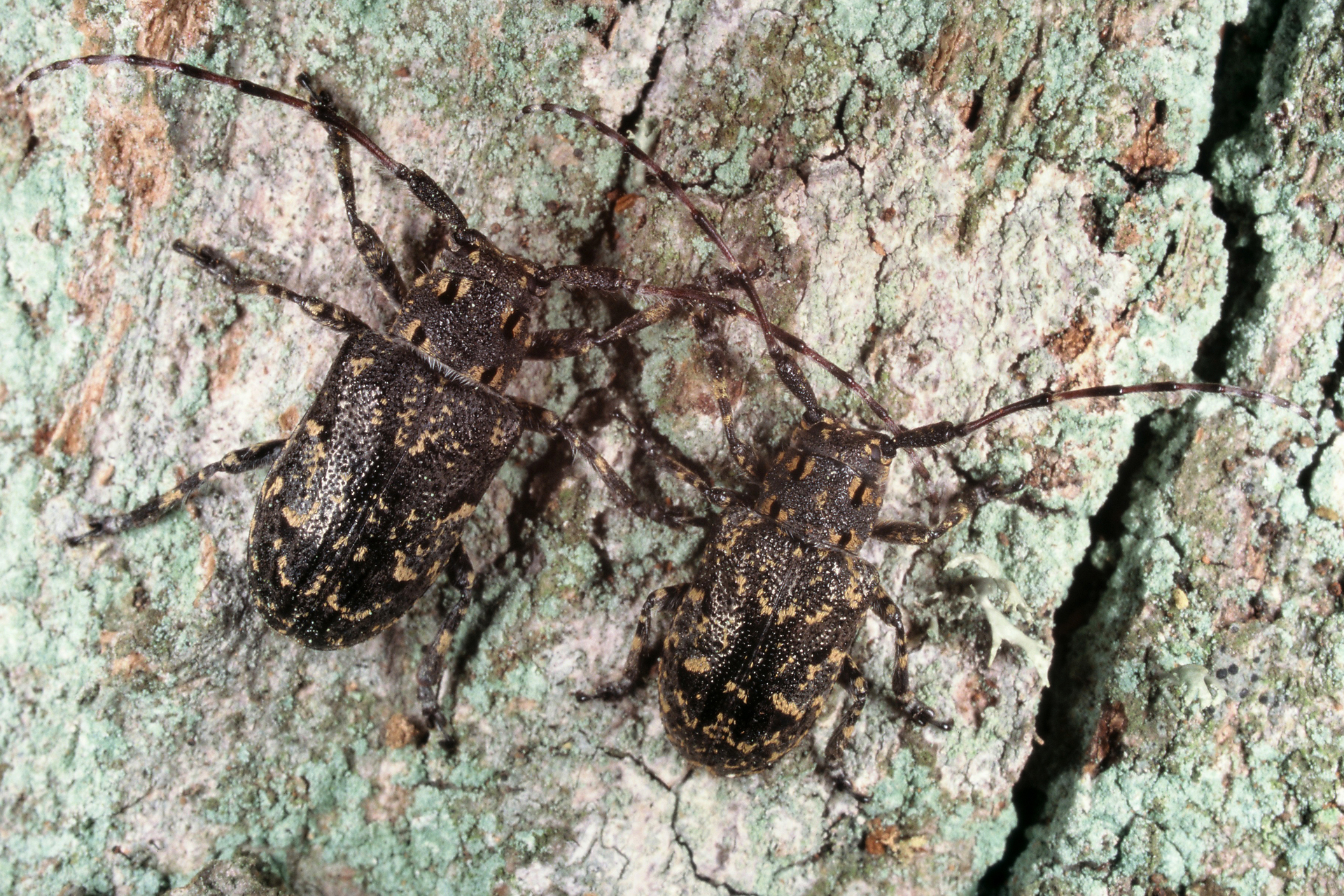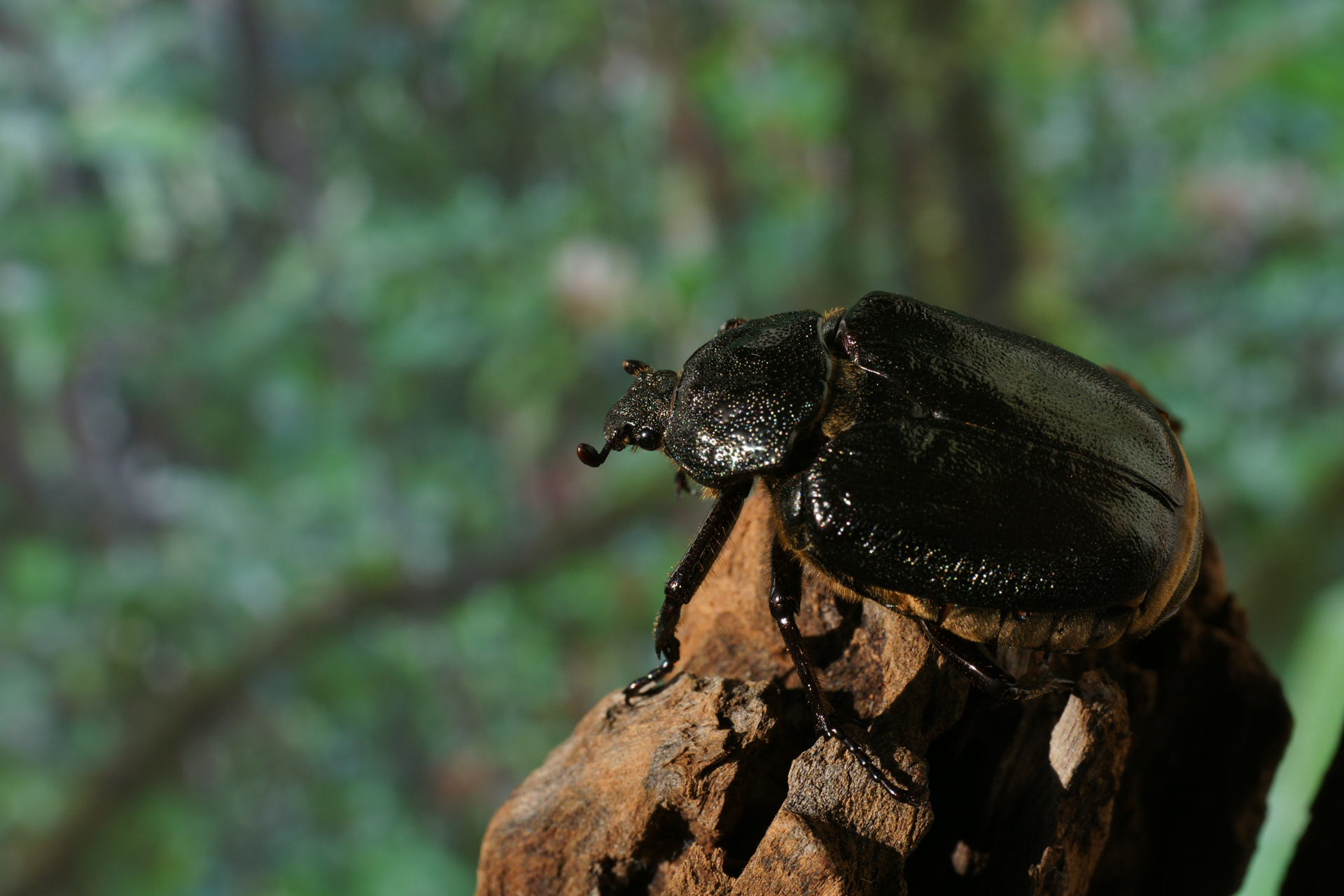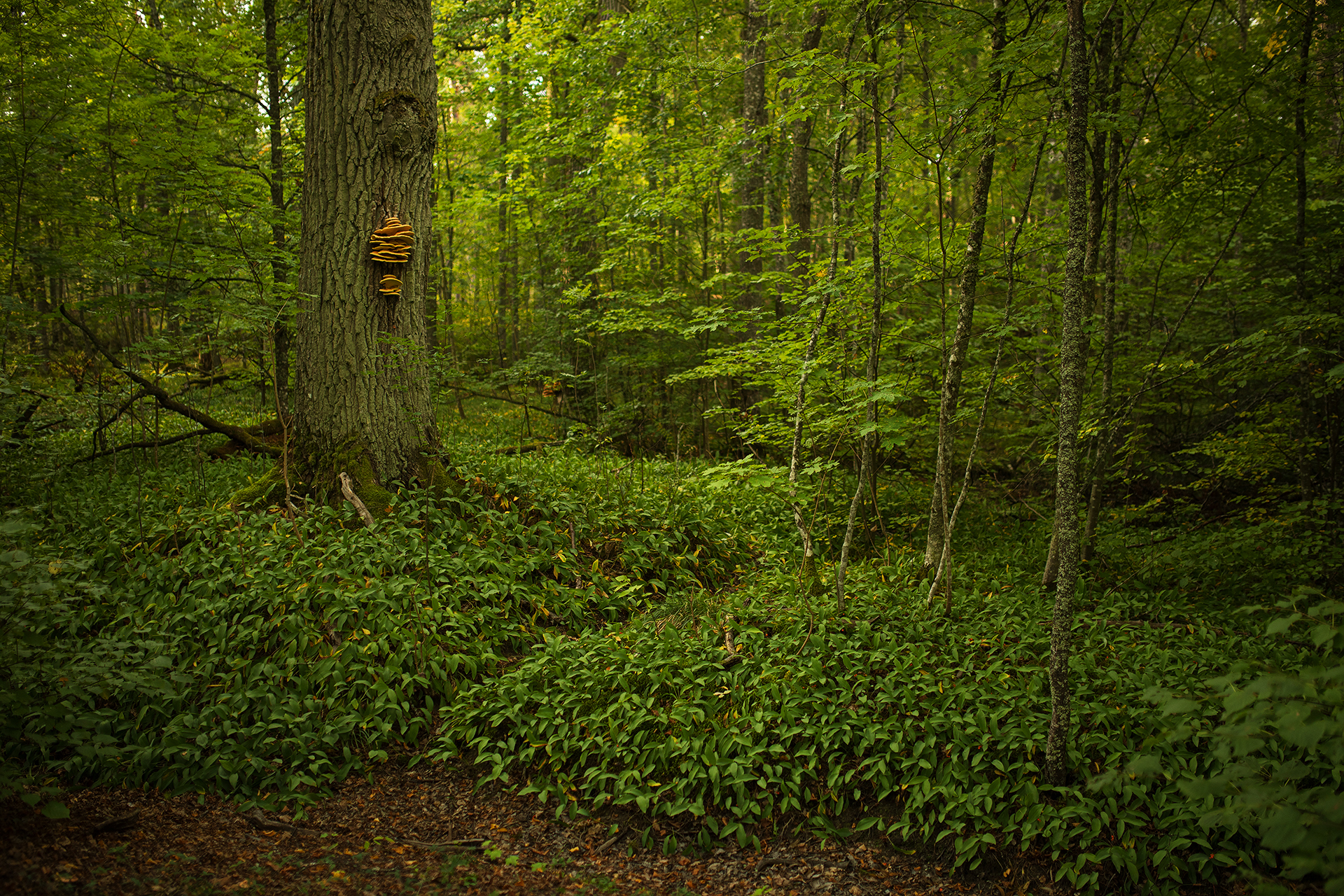Historical English oaks have an important, daily duty
Ruissalo is home to the most extensive English oak forest in Finland, the oldest trees of which are over 400 years old, meaning that they sprouted way back in the 17th century. The life of an English oak may seem boring and stationary, but nothing could be further from the truth! Every summer, the oak grows slightly larger, produces new buds for the next summer and reproduces by growing acorns, each of which has the potential to grow into a new oak tree.
The English oak is also an ecological keystone species on Ruissalo, one which countless other animal, plant and fungus species are dependent on. The English oak provides them with food, a habitat, nesting places, protection from predators or a nice hole in which to take an afternoon nap. Even a dead and fallen oak trunk serves for decades as an irreplaceable habitat for a wide variety of fungi and beetles. Without oak trees, these species would not exist.
In Finland, English oaks are found only around the southwest coast; these areas are at the very northern edge of the species’ natural distribution range (the so-called hemiboreal forest zone, which is also called the oak zone). This was not always the case, as right after the most recent Ice Age, around 7,000 years ago, Finland underwent a long warm period, during which oak forests spread all the way up to Oulu. When the climate began to cool again, the oak zone eventually shrank into the current narrow band in Southwest Finland, with the rest of the country turning into taiga, a biome characterised by coniferous forests. If the climate continues to warm, the oak zone is expected to start spreading further inland and towards the north again.
